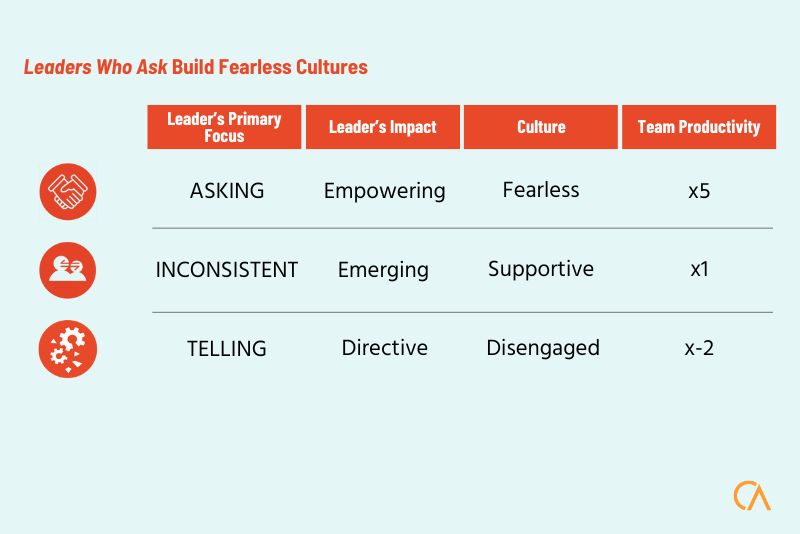
People are different, and it’s easy to interpret ‘different’ as ‘difficult’. When we expect someone to be difficult, we unconsciously filter for evidence to support our view… Not surprisingly, that’s what we find.
The Reticular Activating System—or RAS—is a set of interconnected nuclei in the brain that filters in what’s relevant to us and blocks out what’s not. What we allow into our conscious mind, is what we prime in our RAS.
Think about the last time you bought a car? Maybe you bought a red Mazda 3, then everywhere you looked, you saw that car. Were there suddenly more red Mazda 3s on the road? Of course not! It’s just that this model is now of significance to you, so you notice them.
The same thing happens when you look for the positive intentions in others—that’s what you see. You might see it in their body language, tone of voice, or in the time they take to respond.
Conversely, if you’re briefed that a particular person will be challenging, that’s what you will experience.
I was asked a great question by a leader in a Fearless Leadership® workshop: ‘How do you prime for positive intention? That’s easy to do if you’re a positive person. But what if you’re not?’
Here are three strategies to prime for positive intention:
- Set a single word intention for the engagement, something that guides your frame of interaction. Your intention might be ‘connection’, ‘joy’, or a particular outcome.
- Assume they have a positive intention, then be curious about that despite their ‘difficult’ behaviour. What do they want to achieve?
- Look for the thing that you can admire about them or learn from them. As you increase your positivity about the other person, your behaviour towards them will shift subtly, and they will relax allowing the relationship to shift to a better place.
So how do you make people less difficult??? It starts with you and what you are filtering for….
Who are you interacting with next? How can you use these ideas to form a greater connection? Who’s your relationship challenge right now, and how can you use these ideas to overcome the challenge?
Go Fearlessly.
STAY IN THE LOOP





